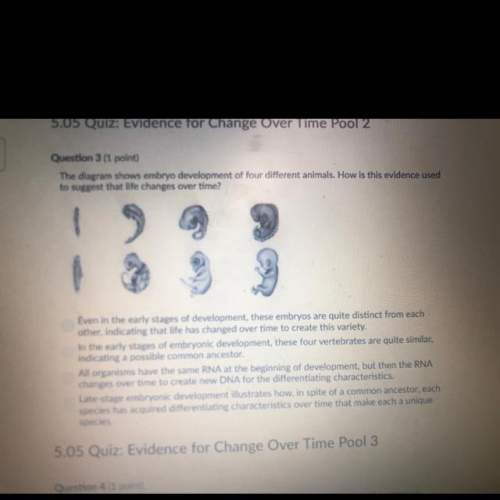
Mathematics, 25.10.2019 21:43, Christsflower601
An architect planned to put a fountain in a customer's courtyard. he plotted the shape of the fountain on the coordinate grid below.
image 1c594bf5bdb14930a2eee256460ac21d
the customer wants the fountain to be moved so that the vertices are at points f'(1,2),g'(−2,0),h'(0,−2),j'(1,−2) on the coordinate grid. which transformations will move the original fountain region onto the new fountain region? select all that apply.
a
reflect across the x-axis, then translate 5 units right and 4 units up.
b
reflect across the y-axis, then translate 4 units left and 3 units down.
c
reflect across the line y=−x, then translate 2 units right and 7 units down.
d
rotate 90 degrees counterclockwise about the origin, then translate 2 units right and 7 units up.
e
reflect across the line y=x, then reflect across the y-axis, then translate 2 units right and 7 units up.
f
rotate 90 degrees clockwise about the origin, then reflect across the y-axis, then translate 2 units right and 7 units down.

Answers: 3
Other questions on the subject: Mathematics


Mathematics, 21.06.2019 18:30, 2024daisjavien
For this option, you will work individually. the pythagorean theorem can be used in many real-world scenarios. part 1 write your own real-world scenario where the pythagorean theorem can be applied to find a missing piece. you may choose to write a problem that is two- or three-dimensional in nature. be sure that you will be able to draw a diagram of your scenario. write out your problem and submit it for part 1. be sure to end your scenario with a question. part 2 draw a diagram of the scenario you created in part 1. you may draw by hand and scan and upload your drawing or create a computer-generated drawing for submission. be sure to label all parts and dimensions of the drawing. part 3 solve the question that you posed in part 1. show all of your steps in answering the question. for this option, you will need to submit all three parts for full credit—your real-world problem and question, the diagram that you created, and your work solving the problem, showing all steps. * note that your instructor is looking for your own original idea. while it is acceptable to use the internet for research and inspiration, academic integrity policies apply.
Answers: 1

Mathematics, 22.06.2019 01:30, bellaforlife9
Amayoral candidate would like to know her residents’ views on a tax on sugar drinks before the mayoral debates. she asks one thousand registered voters from both parties. these voters are an example of a census population convenience sample simple random sample
Answers: 1

Mathematics, 22.06.2019 03:30, srshelton
Anut store normally sells cashews for? $4.00 per pound and peanuts for? $1.50 per pound. but at the end of the month the peanuts had not sold? well, so, in order to sell 40 pounds of? peanuts, the manager decided to mix the 40 pounds of peanuts with some cashews and sell the mixture for $2.00 per pound. how many pounds of cashews should be mixed with the peanuts to ensure no change in the? profit?
Answers: 1
Do you know the correct answer?
An architect planned to put a fountain in a customer's courtyard. he plotted the shape of the founta...
Questions in other subjects:






Social Studies, 30.06.2019 09:30

Biology, 30.06.2019 09:30


Mathematics, 30.06.2019 09:30








